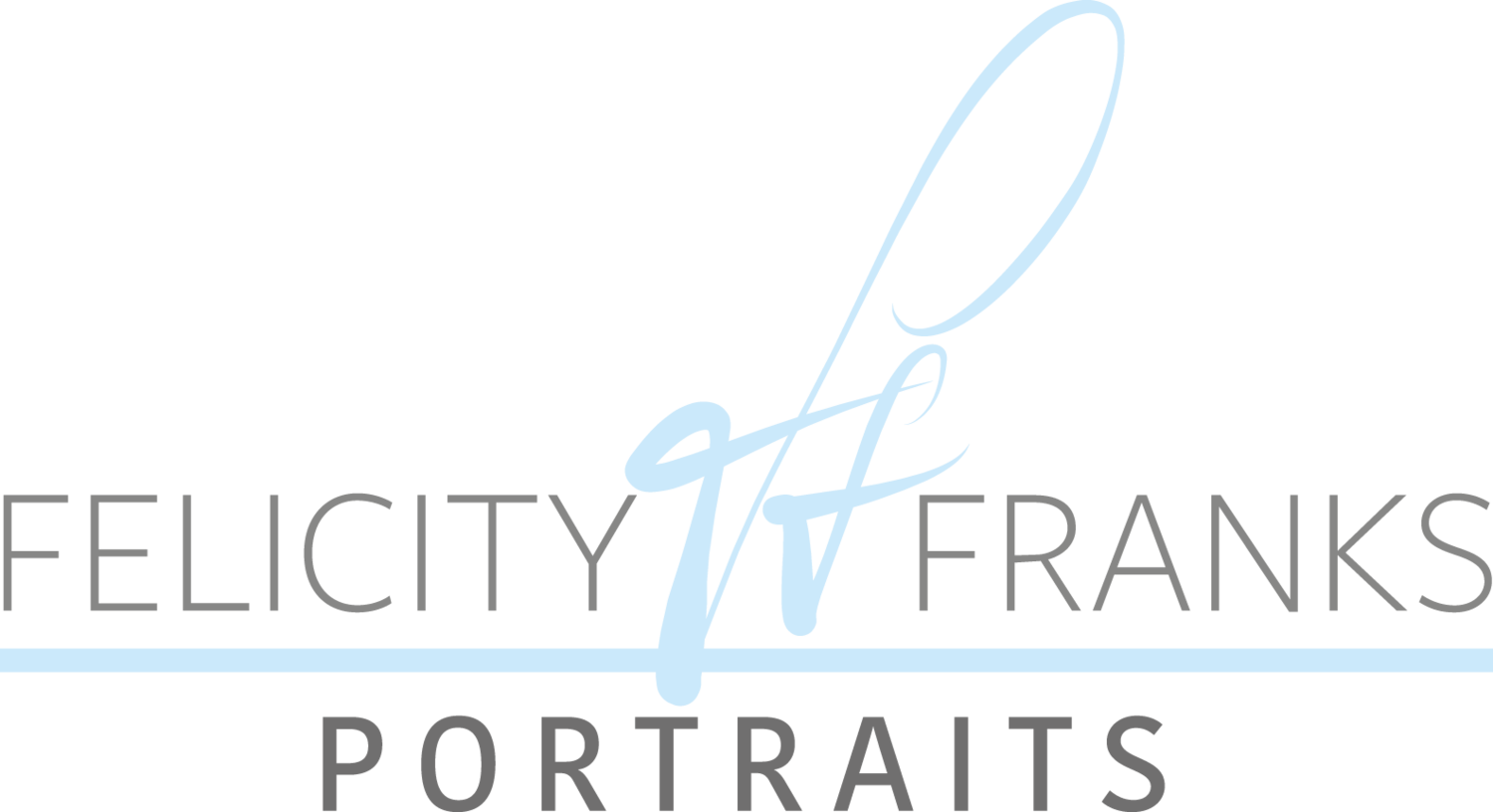How do I draw a German Shepherd in soft pastels?
Drawing a German Shepherd is a similar experience to other breeds of dog, so long as you master the basic techniques of using soft pastels you can apply them to any breed.
The real difference in this portrait is that I started this portrait by drawing Keeva’s ear first, which is a different approach to usual as I would normally start on the eyes. I did this for a few reasons:
When drawing a portrait you need to take into account the layers of fur and what’s furthest back from the viewer - I like to draw from the back to the front so the hair closest to the viewer is drawn last and is the most prominent on the page. The face fur overlaps the ear, so the ear needed to be in first in order for this to overlap
When there are lots of colour changes it’s nice to experiment a little on a part of the face that’s less prominent, before getting to the part that’s the most prominent for the viewer
In this particular portrait, if the eye had gone in first I may have had to lean on that area to put the ear in afterwards. Although I could cover this with glassine or similar to be able to lean on it, I preferred to avoid this, as with the light grey paper I could end up leaving a dust line where the glassine is
I talk through all of these decisions as I work on Keeva’s portrait in her real time tutorial on Patreon.
How did I feel drawing Keeva?
There’s something incredibly special about starting a new portrait, and Keeva, with her expressive eyes and magnificent ears, has been such a joy to bring to life. In this first part of the tutorial, I’ve focused on her soulful gaze and that wonderfully fluffy ear on the left – such key features that really set the tone for the rest of the piece.
Working in soft pastels, I layered the fur in fine strokes to capture the texture and movement in her coat, especially around her brow where the fur changes direction and catches the light. The eyes are always my favourite part – it’s where the character and connection come through, and Keeva’s eyes are full of warmth and alertness.
This stage is all about patience and building those details slowly, allowing the layers to develop naturally. I can’t wait to continue and bring more of her personality onto the paper.
The full-length video tutorial, reference photo, and materials list for Part One of Keeva’s portrait are all available now on my Patreon channel. It’s perfect for beginner to intermediate artists looking to improve their realism and fur texture techniques.
You can access all my tutorials for just £6/month [https://www.patreon.com/FelicityFranksPetPortraitsandWildlifeArt]
For a full list of all of the tutorials currently available please have a look at my Patreon Tutorials Library here.


